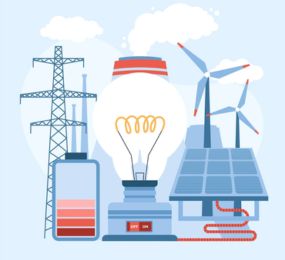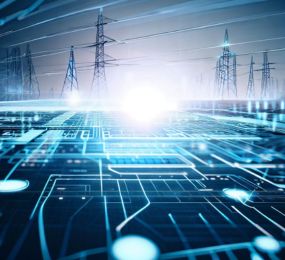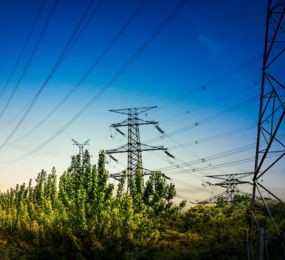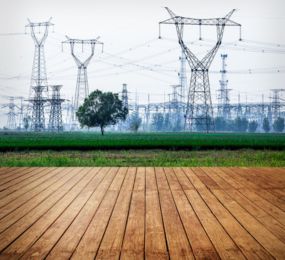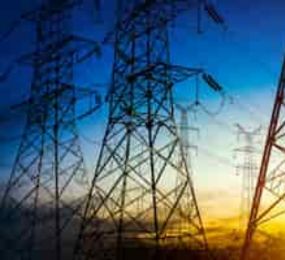Grid automation marks a transformative leap in the evolution of power infrastructures, introducing a new era of efficiency, reliability, and sustainability.
1. Real-time Monitoring and Control:
At the core of grid automation is real-time monitoring and control. Advanced sensors and communication technologies enable utilities to monitor the grid's health and performance in real-time. This capability allows for swift responses to changes in demand, faults, or disruptions, enhancing the overall reliability of the grid.
2. Dynamic Energy Distribution:
Grid automation optimizes energy distribution by dynamically adjusting the flow of electricity. Automated systems analyze data on energy demand, consumption patterns, and grid conditions, ensuring that electricity is efficiently routed to meet the needs of consumers. This not only reduces energy wastage but also contributes to overall energy efficiency.
3. Integration of Renewable Energy:
Smart grids, a product of grid automation, seamlessly integrate renewable energy sources into the grid. Solar, wind, and other renewables can be efficiently incorporated, with automated systems managing the variability associated with these sources. This integration is a crucial step towards a more sustainable energy mix.
4. Grid Resilience:
Grid automation enhances grid resilience, ensuring that it can adapt to and recover from disruptions swiftly. Automated responses to faults or failures contribute to the overall stability of the grid, minimizing downtime and ensuring a continuous power supply.
5. Enhanced Consumer Engagement:
Grid automation is not only about optimizing the backend processes but also about empowering consumers. Advanced metering systems, enabled by automation, provide consumers with real-time insights into their energy usage. This transparency fosters more informed decision-making and encourages energy conservation.
6. Predictive Maintenance:
Automation facilitates predictive maintenance, allowing utilities to identify and address potential issues before they escalate. This proactive approach reduces the likelihood of unexpected outages and extends the lifespan of critical grid infrastructure.
Grid automation is not merely a technological upgrade; it's a revolution in the way we produce, distribute, and consume electricity. By optimizing energy flows, enhancing reliability, and embracing sustainability, grid automation paves the way for a future where our energy infrastructure is not just efficient but is a driving force towards a greener and more resilient world.
Visit our website to register and secure your spot today! click here: https://bit.ly/3peklYc
For more information and group participation, contact us: [email protected]


